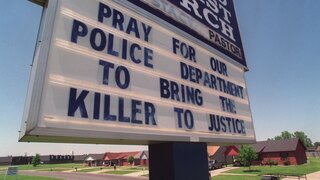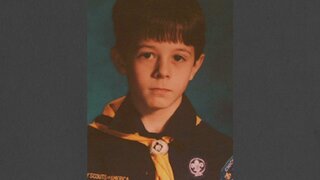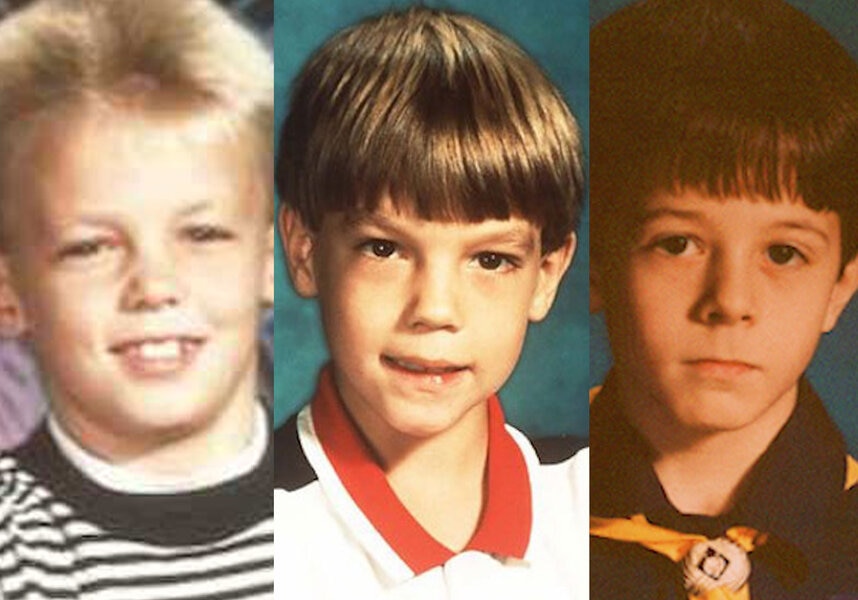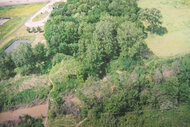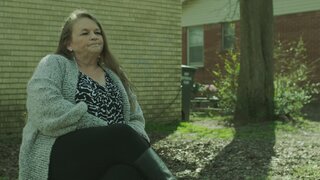Create a free profile to get unlimited access to exclusive videos, breaking news, sweepstakes, and more!
Who Killed The 3 Boys In The ‘West Memphis Three’ Case? FBI Profiler Theorizes Suspect Knew Victims
“If they thought they could trust the person who was the actual threat, then that person could get close enough to them to control them so that they couldn't run away," retired FBI Supervisory Agent Jim Clemente says in "The Forgotten West Memphis Three."
When West Memphis teens Damien Echols, Jason Baldwin, and Jessie Misskelley Jr. were tried and convicted of the murders of three 8-year-old boys in 1994, many in the community felt confident that investigators had put the right men behind bars.
Over the years, however, the “West Memphis Three” continued to maintain their innocence, claiming they had nothing to do with the slayings of Stevie Branch, Michael Moore, and Christopher Byers, who were each found nude, hogtied, and mutilated in a bayou.
A new round of DNA testing later showed no genetic material linked the men to the crime scene evidence, and they were released from prison in 2011 after agreeing to an Alford plea.
To this day, it is still unclear who is responsible for the brutal murders, and in hopes of uncovering new potential leads, investigative podcaster Bob Ruff reexamined the case in “The Forgotten West Memphis Three,” streaming now on Oxygen.
During part two of the documentary special, Ruff sat down with retired FBI Supervisory Agent Jim Clemente, who created a suspect profile to help narrow down the possible suspect pool.
Clemente noted there was “no indication, forensically, that there’s more than one offender involved” because what happened to each of the victims was consistent. He also theorized that the killer knew the victims because he was able “to control three victims without any help.”
“If some stranger who looked very threatening approached these three boys, I think the first reaction of these boys would be to run away, to look for help. There's absolutely no indication of that in this case. So, this tells me that this offender was someone they know," Clemente said.
Furthermore, Clemente believes the assailant was a male in his 30s who is either biologically related to one or more of the victims, a family member, or a very close community member.
“If they thought they could trust the person who was the actual threat, then that person could get close enough to them to control them so that they couldn't run away," he told Ruff.
If the offender came across the boys as they were doing something wrong or misbehaving, it would have been even easier to control and reprimand them, said Clemente. Then, perhaps, the punishment went “too far,” and it resulted in the triple homicide.
“This was a result of getting enraged, going too far, and then having to basically clean up the mess," he said.
Based on the way the boys were tied up — hands bound on either side of the body to the same side ankle — Clemente theorized the suspect is “somebody who works with animal carcasses, a butcher or a hunter.”
“[T]he ligatures are not restraining ligatures. They seem to me to be more practical ligatures,” Clemente said. “But what is the purpose of that? Well, it minimizes the package a little bit and makes it easier to control ... after they're dead.”
When investigators found the boys’ bodies on May 6, 1993, they had been jammed into the muddy ground of the bayou, and their clothes had been submerged in the water with sticks. Branch and Moore’s bikes were discovered on either side of a pipe bridge not far from the crime scene.
Clemente pointed out that the killer took his time to conceal the boys' bodies, clothing, and bikes.
"He had to spend this time because if he didn't, he would get caught. … I think he spent more time on concealing the bodies and the clothing and the bikes than he did on the actual murders. The time spent to conceal them could have been skipped completely if there was no known relationship to the victims,” Clemente told Ruff.
In addition to the offender being a male who had a relationship with one or more of the victims, Clemente thinks the suspect was from the neighborhood, theorizing that he hid the bodies in order to give himself enough time to establish an alibi.
The assailant is also prone to violent outbursts, likely has a history of domestic violence, and places a high importance on punishment.
“I believe there was an incident of over-disciplining one of the boys. It went too far, and because of that, he had to kill all three of them," he said.
To learn more about the case, watch “The Forgotten West Memphis Three" now on Oxygen.
